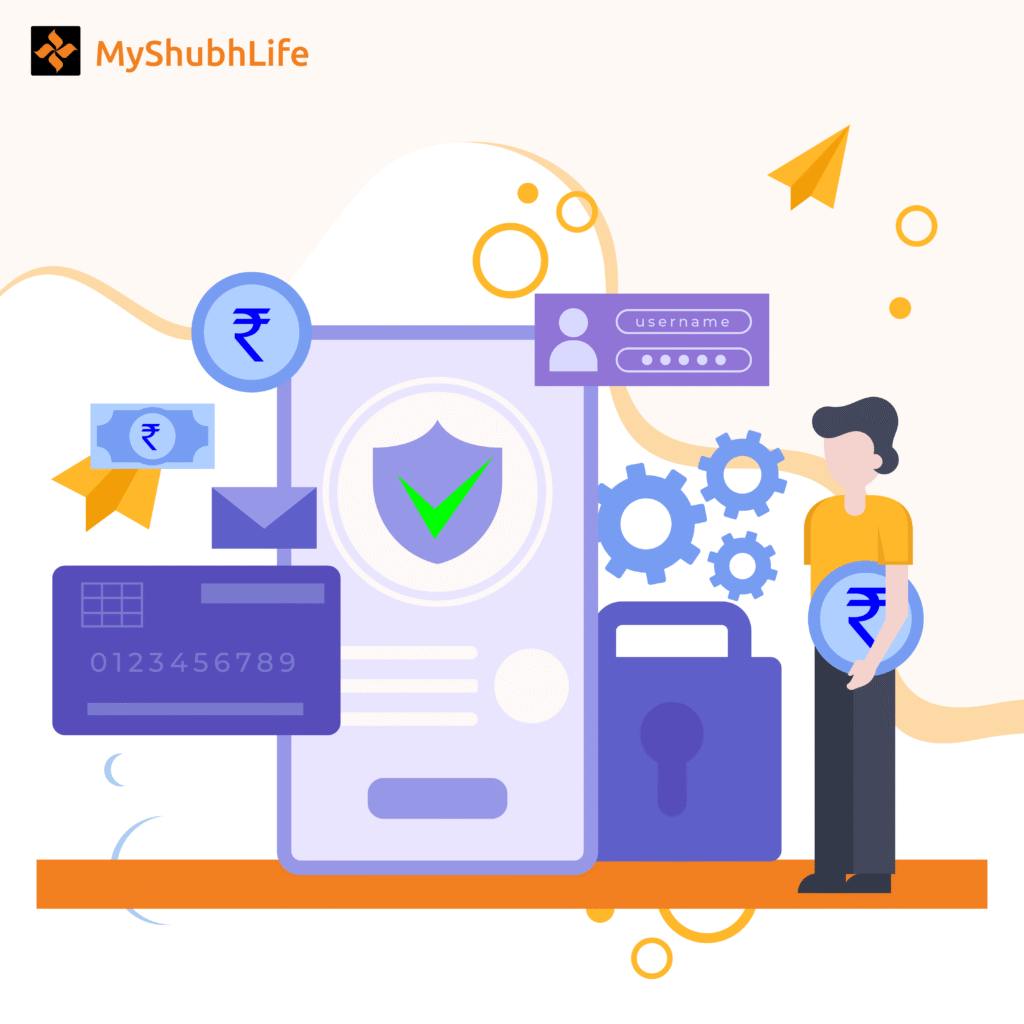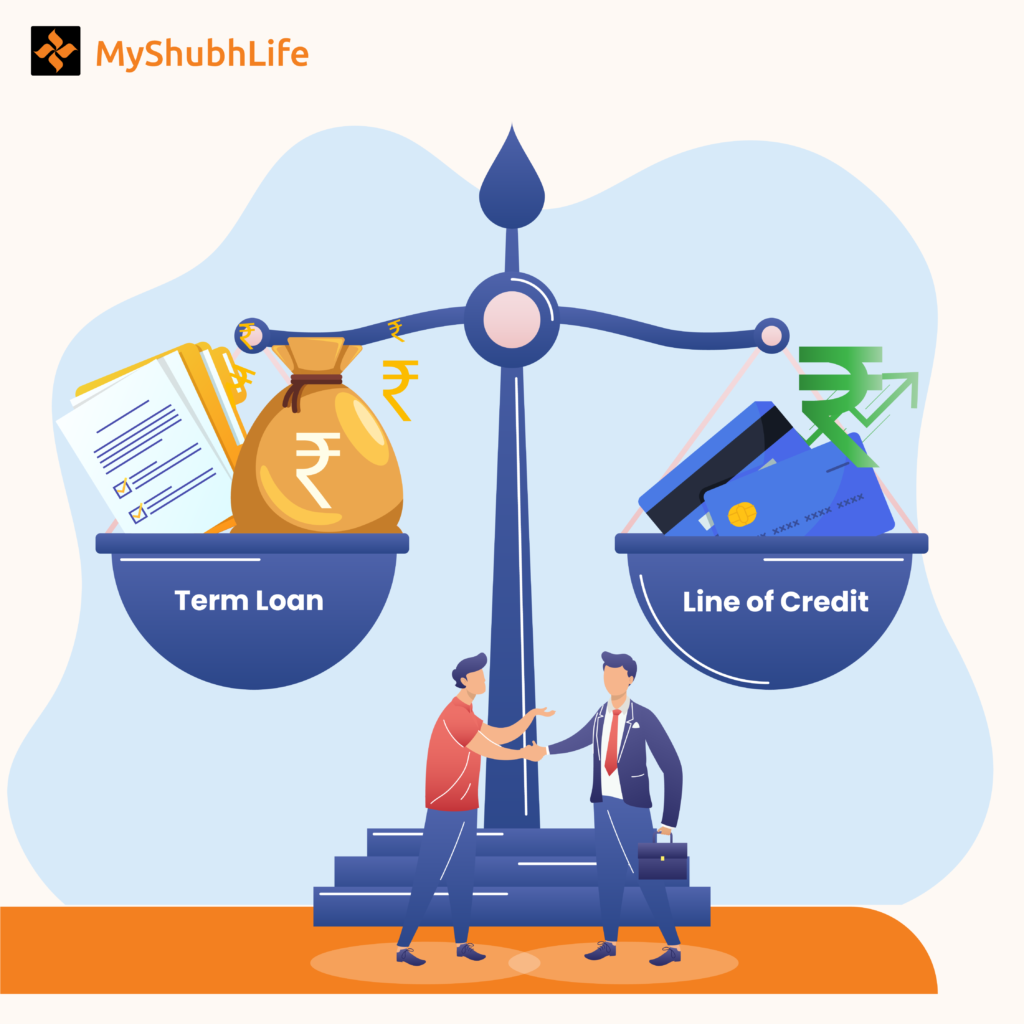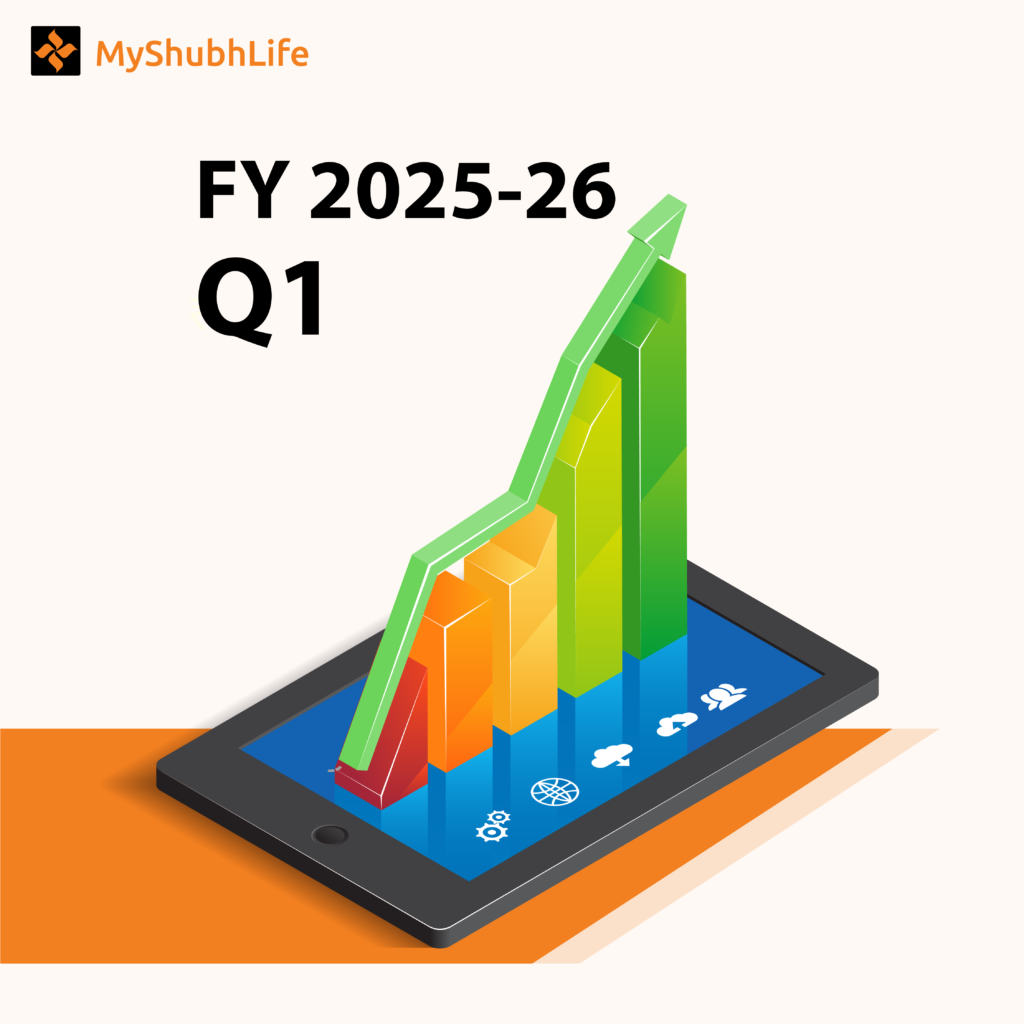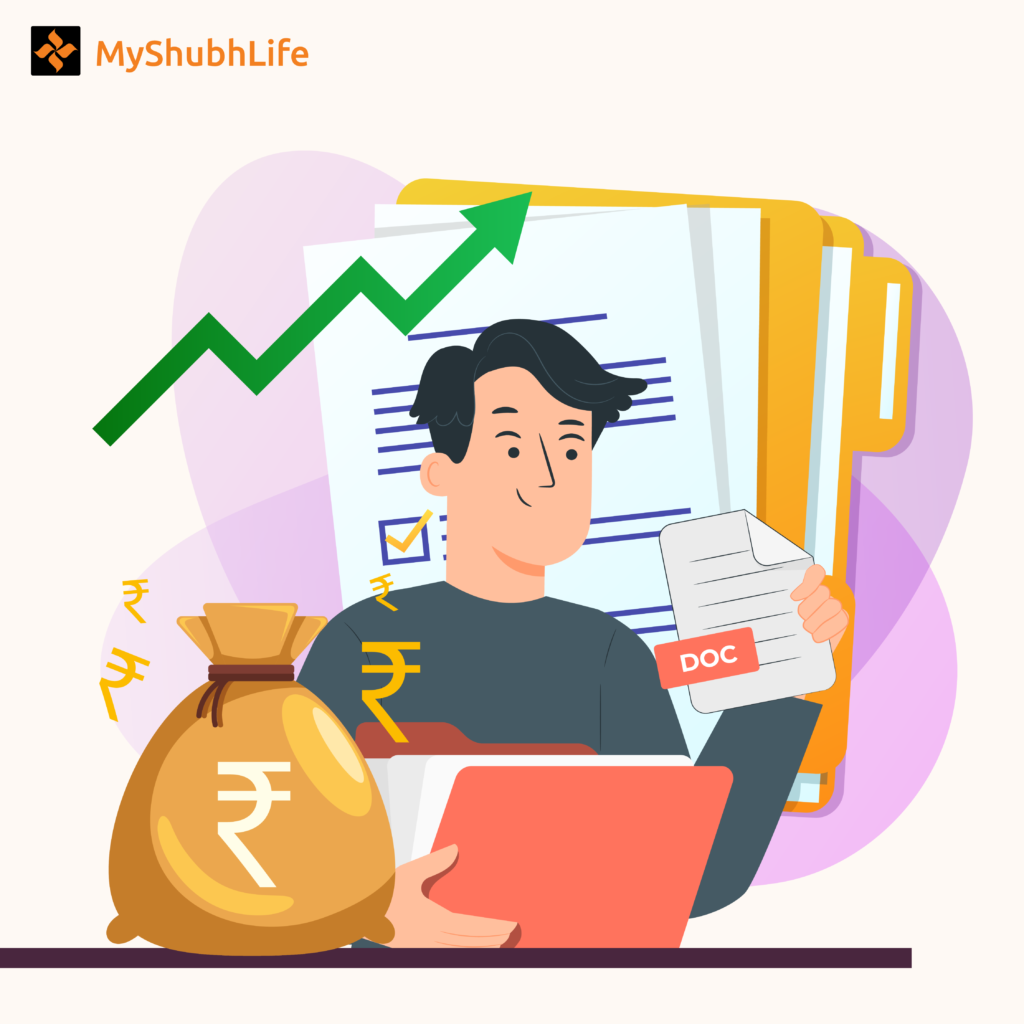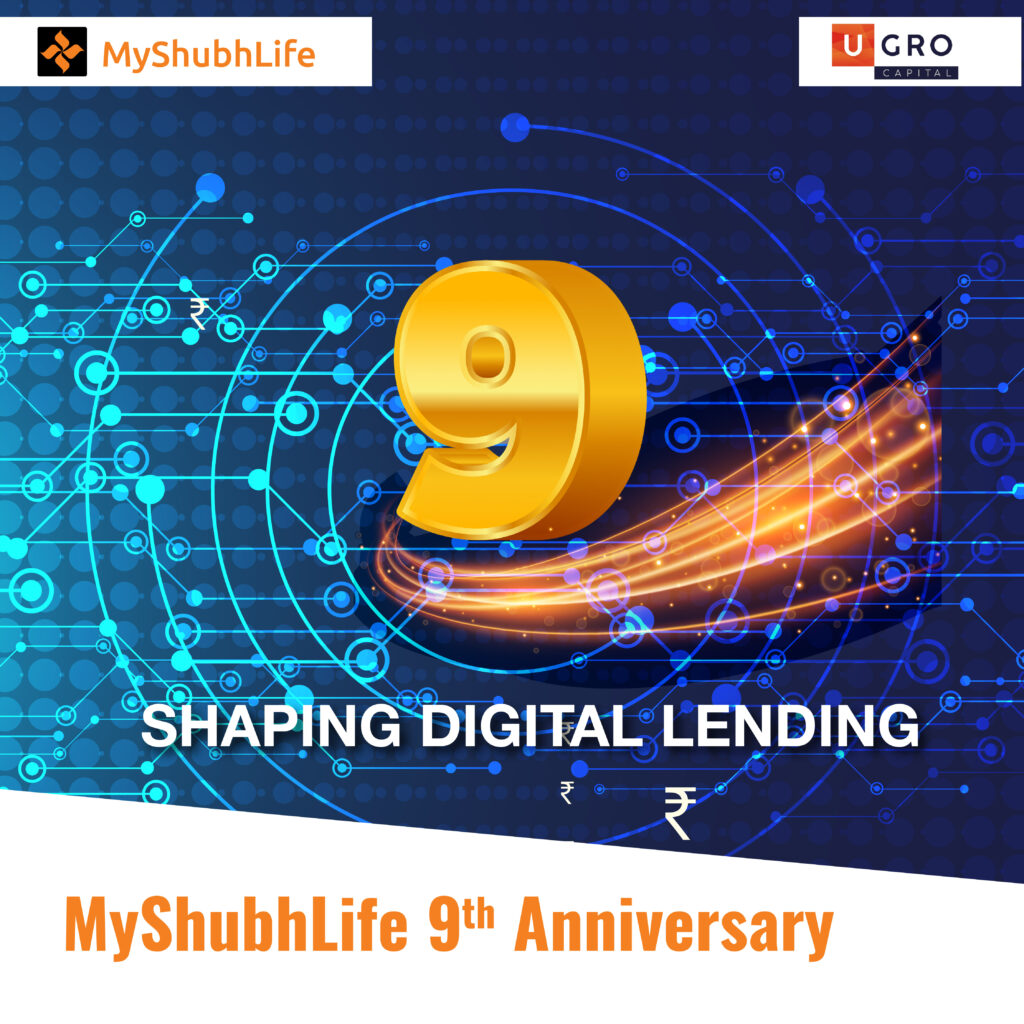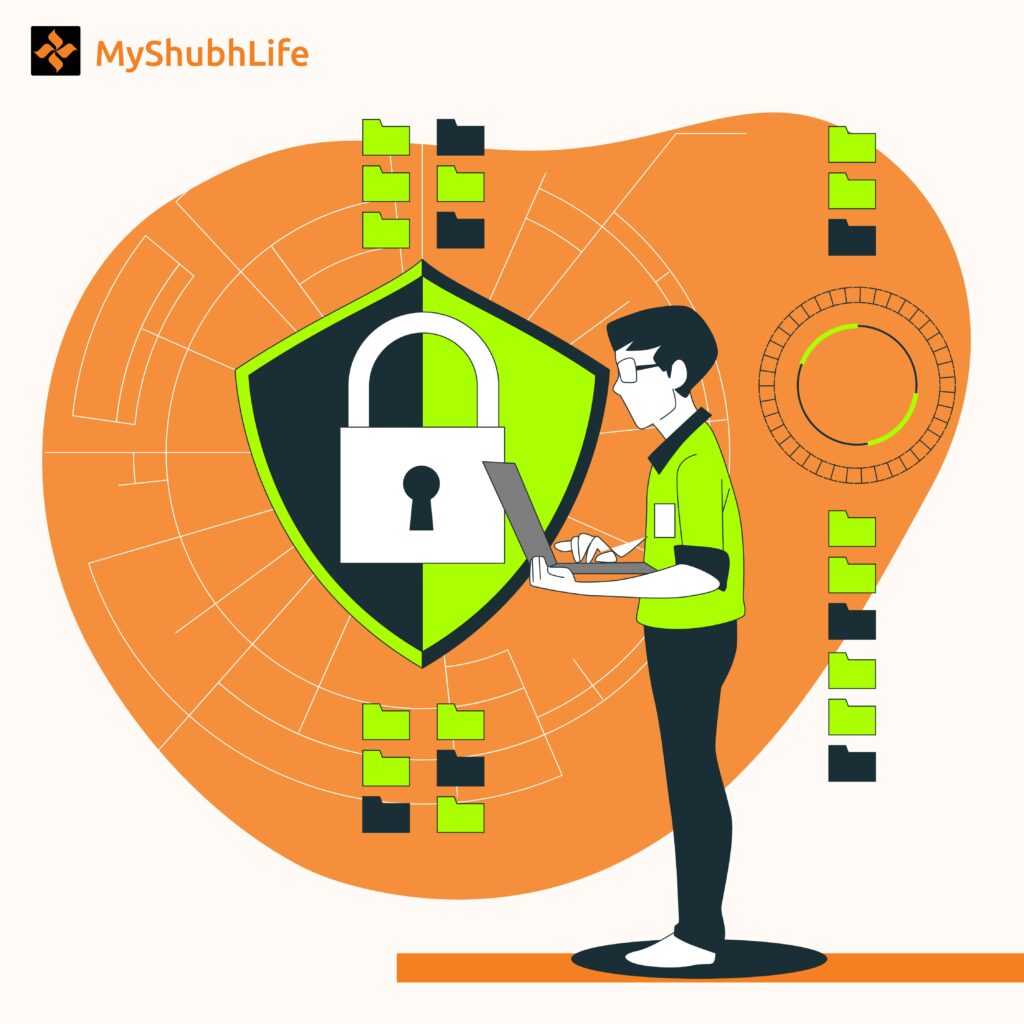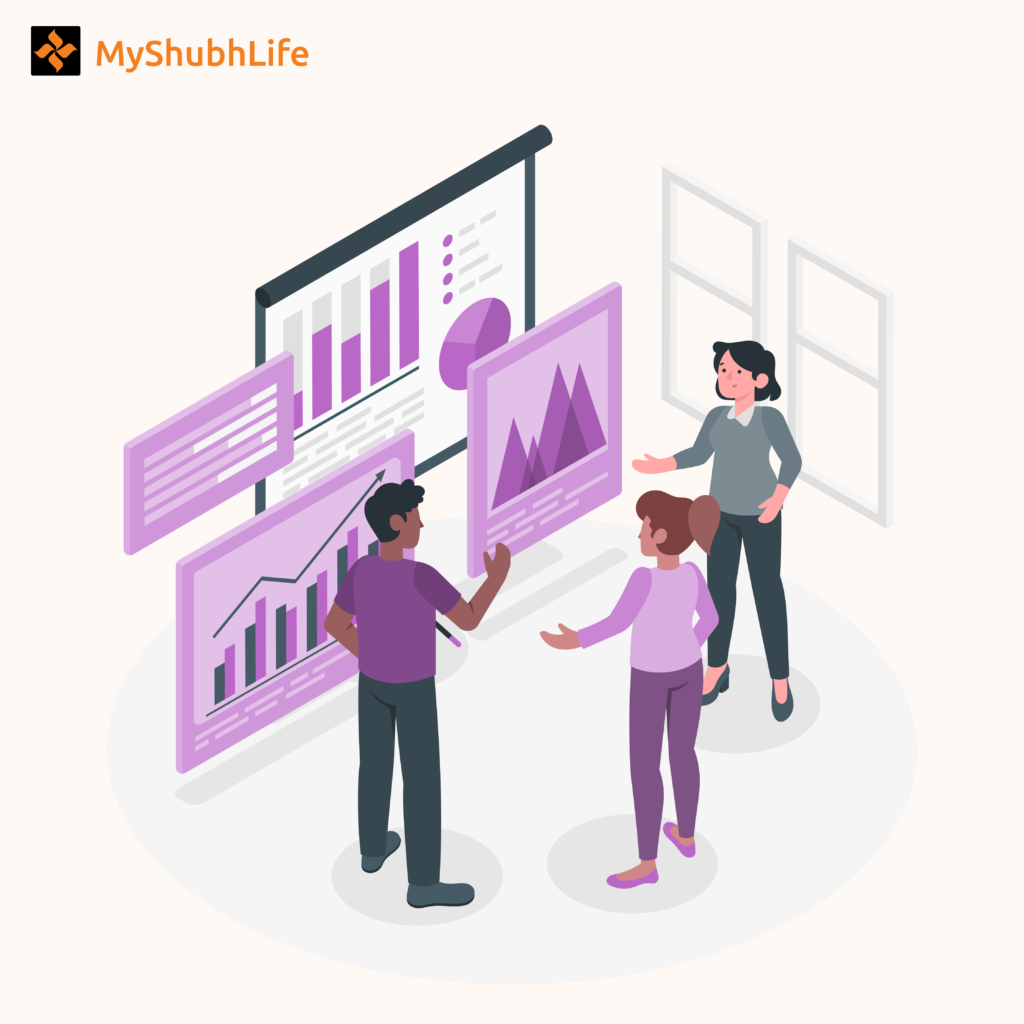Feature blogs
On June 5, we observe World Environment Day, a global moment to reflect on how our everyday actions impact the planet. This year’s theme — Ending Plastic Pollution Globally — is a wake-up call for...
Our recent blogs
You’re working hard. Your products are solid, customers keep coming back, and your service is...
Running a small or medium business involves juggling many responsibilities—inventory, staffing, and finances. As an...
As a business owner, it’s about constant decision making — some big, some small —...
A new financial year means a fresh start for your business. For Indian MSMEs, the...
Imagine your MSME poised for growth—new equipment on the horizon, inventory ready to expand, or...
Ever thought a low CIBIL score was the end of the road for getting an...
Nine years ago, MyShubhLife (Datasigns Technologies Private Limited) began its journey with a bold vision—to...
Ever wondered what separates successful startups from the rest? It’s not just about having great...
The financial world is evolving rapidly in 2025, bringing new opportunities for small businesses to...



